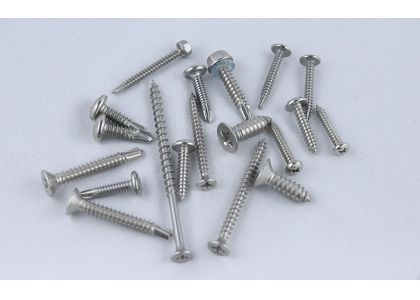
In the eyes of many people, stainless steel screws are not magnetic because stainless steel itself is a non-magnetic material, which means it should not respond to magnetic fields. However, in fact, stainless steel screws do have magnetism, and this phenomenon is mainly due to their manufacturing process and composition.
Stainless steel screws usually contain some alloying elements, such as chromium and nickel, which can enhance the hardness and corrosion resistance of the screws. However, these alloying elements can also affect the magnetism of the screws. During the manufacturing process, stainless steel screws undergo multiple heat treatments and cold working. These treatments can cause changes in the crystal structure inside the screws, thereby leading to the generation of magnetism.
In addition, the magnetism of stainless steel screws is also related to their composition. For example, some stainless steel screws may contain iron, which gives them a certain degree of magnetism. Even stainless steel screws without iron may have a weak magnetic property, which is due to the influence of other alloying elements.
So, why do stainless steel screws have magnetism? In fact, this is because the manufacturing process and composition of stainless steel screws make them magnetic. Although stainless steel itself is non-magnetic, during the manufacturing process, after heat treatment and cold working, its crystal structure changes, resulting in the generation of magnetism. In addition, the composition of stainless steel screws can also affect their magnetism.